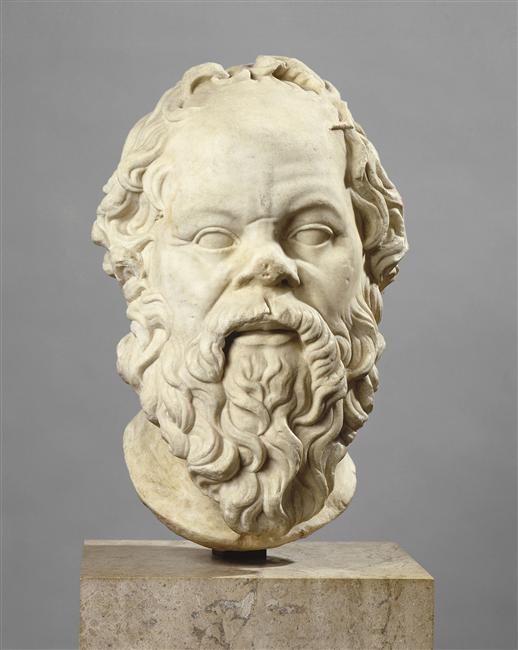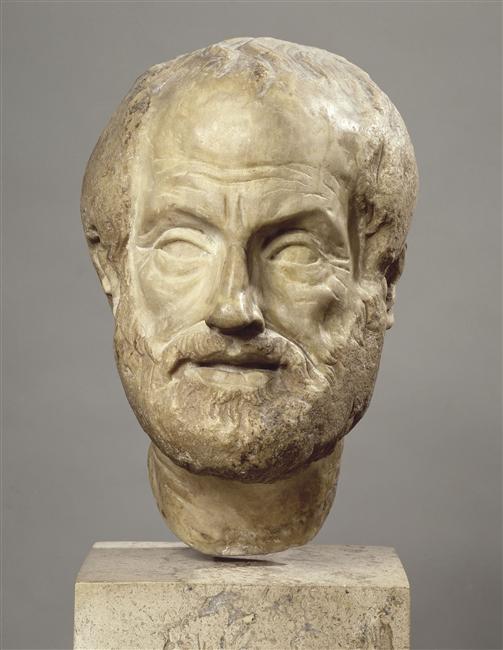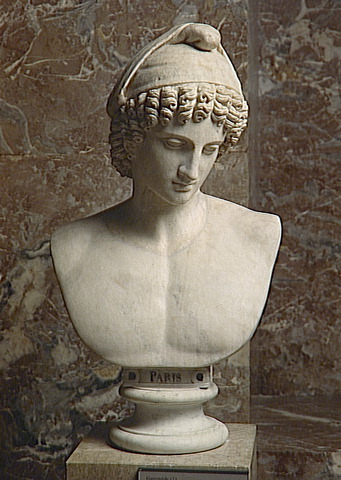In the Classical period there was a revolution in Greek statuary, usually associated with the introduction of democracy and the end of the aristocratic culture associated with the kouroi (the standing male nude). The Classical period saw changes in the style and function of sculpture. Poses became more naturalistic, and the technical skill of Greek sculptors in depicting the human form in a variety of poses greatly increased. From about 500 BC statues began to depict real people. The statues of Harmodius and Aristogeiton set up in Athens to mark the overthrow of the tyranny were said to be the first public monuments to actual people.
|
 
|
In the Classical period for the first time we know the names of individual sculptors. Phidias oversaw the design and building of the Parthenon. Praxiteles made the female nude respectable for the first time in the Late Classical period (mid 4th century): his Aphrodite of Knidos, which survives in copies, was said by Pliny to be the greatest statue in the world.
The greatest works of the Classical period, the Statue of Zeus at Olympia and the Statue of Athena Parthenos (both executed by Phidias or under his direction), are lost, although smaller copies and good descriptions of both still exist. Their size and magnificence prompted emperors to seize them in the Byzantine period, and both were removed to Constantinople, where they were later destroyed in fire
Hellenistic
The transition from the Classical to the Hellenistic period occurred during the 4th century BC. Following the conquests of Alexander the Great (336 BC to 323 BC), Greek culture spread as far as India, as revealed by the excavations of Ai-Khanoum in eastern Afghanistan, and the civilization of the Greco-Bactrians and the Indo-Greeks. Greco-Buddhist art represented a syncretism between Greek art and the visual expression of Buddhism.
|

|
Thus Greek art became more diverse and more influenced by the cultures of the peoples drawn into the Greek orbit. In the view of some art historians, it also declined in quality and originality; this, however, is a subjective judgement which artists and art-lovers of the time would not have shared. Indeed, many sculptures previously considered as classical masterpieces have turned out to be of the hellenistic age. Also, the technical ability of the hellenistic sculptors are clearly in evidence in such major works as the Winged Victory of Samothrace, and the Pergamon Altar. New centres of Greek culture, particularly in sculpture, developed in Alexandria, Antioch, Pergamum, and other cities. By the 2nd century the rising power of Rome had also absorbed much of the Greek tradition - and an increasing proportion of its products as well.
During this period sculpture became more and more naturalistic. Common people, women, children, animals and domestic scenes became acceptable subjects for sculpture, which was commissioned by wealthy families for the adornment of their homes and gardens. Realistic portraits of men and women of all ages were produced, and sculptors no longer felt obliged to depict people as ideals of beauty or physical perfection. At the same time, the new Hellenistic cities springing up all over Egypt, Syria, and Anatolia required statues depicting the gods and heroes of Greece for their temples and public places. This made sculpture, like pottery, an industry, with the consequent standardisation and some lowering of quality. For these reasons many more Hellenistic statues have survived than is the case with the Classical period.
